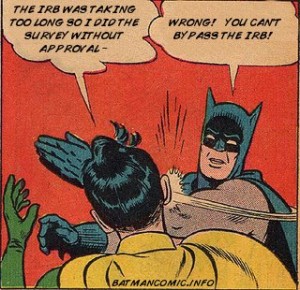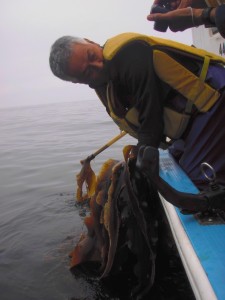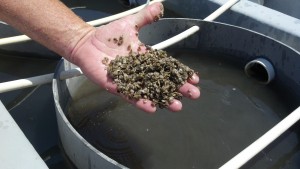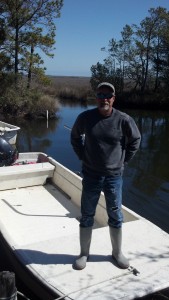
Say your local Lions Club wants to hold a focus group to determine what the community thinks would be the best way to direct community service efforts? What if you, as a blog writer, want to survey your readership about their demographics? What if the local food group wants to stand in front of a grocery store surveying people where they get their food from? What if an independent scholar wants to interview people for their next book? These are all real-world applications of social science that may have significant positive impacts to the community involved. But are they responsible to anyone for ethical behavior? Should they be? If they were University scholars, they’d be subject Institutional Review Board oversight. No IRB approval means no publishing and no funding.
Even in the university setting, what if a scholar decides to cross disciplines and use some social science methods? Are they subject ot IRB review? Say fisheries biologists want to interview fishers about their knowledge of fish stocks and aggregations or an agricultural extension agent wants to survey local farmers where they get their seed? The what-if’s could go on forever. And they are all in the ethical grey area.
Read More “Ethics, Interdisciplinarity, and the Institutional Review Board” »



